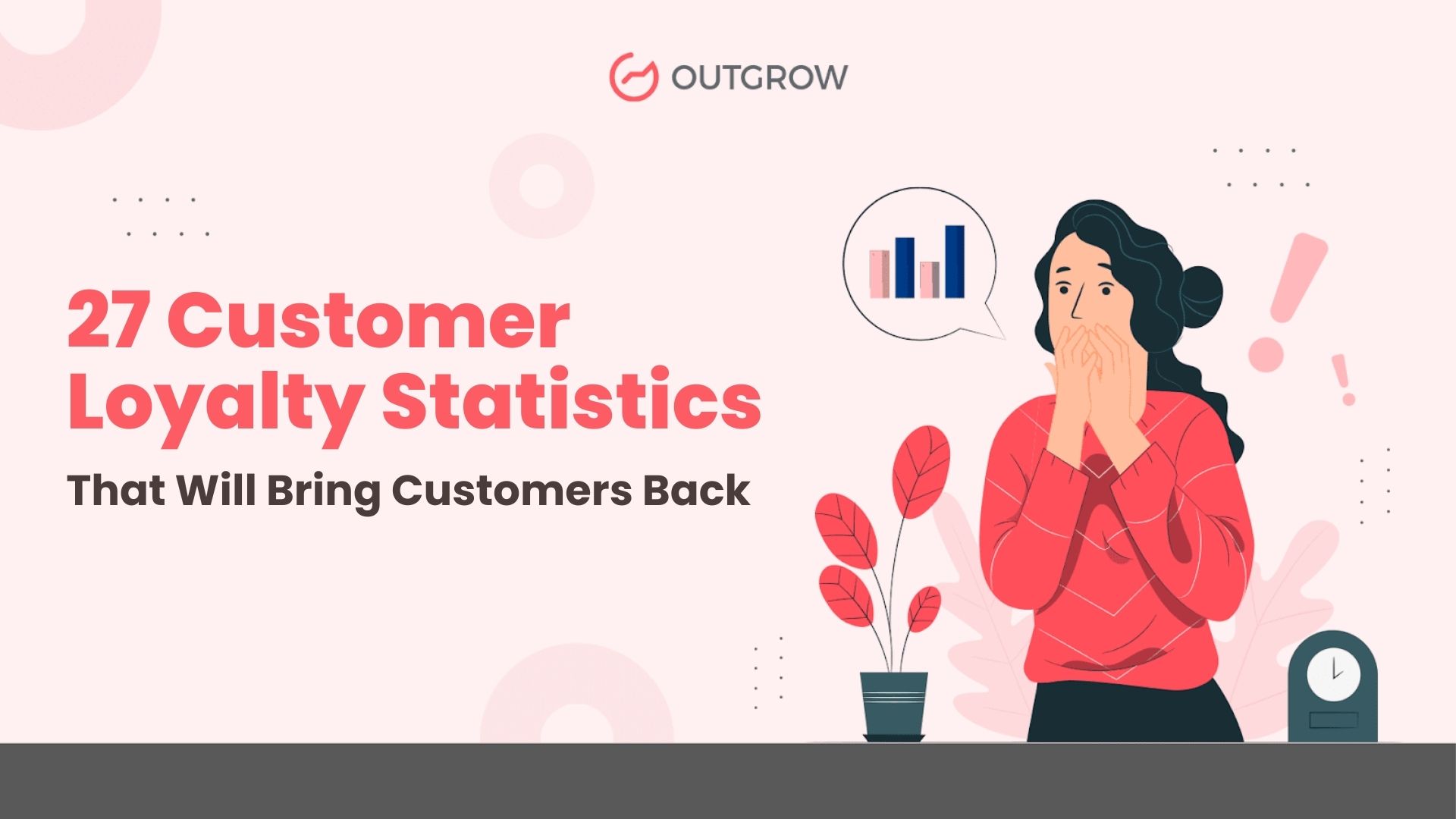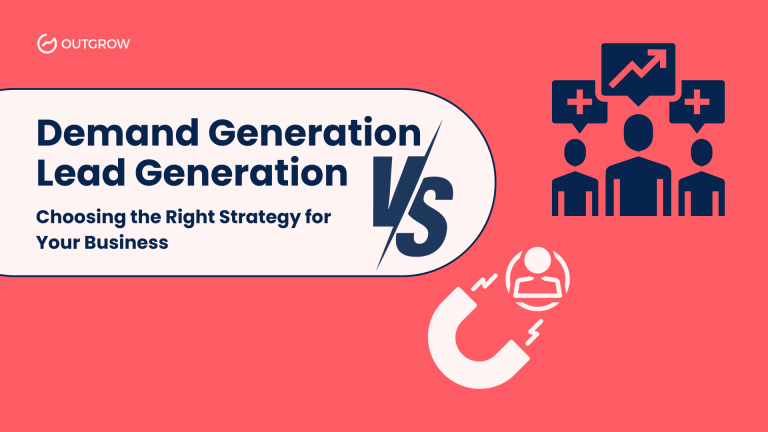27 Customer Loyalty Statistics That Will Bring Customers Back (2024)
Table of Contents
Attracting new customers is just one piece of the puzzle for brands in any industry. Retaining existing customers and building strong brand loyalty are even more crucial.
But what exactly makes customers loyal to a brand? Well, it depends on the customer. Older consumers care more about price and quality, while younger shoppers look for environmental and social impact.
Brands can use customer loyalty and rewards programs to encourage customers to stay. However, according to the latest customer loyalty statistics, consumers have higher expectations from the brands they’re loyal to.
Let’s explore the world of customer loyalty, where brands face a tough battle for customer devotion. But before that, let’s understand why customer loyalty is important.
Why Loyal Customers Are Crucial?
1. Existing customers contribute a significant 65% of a company’s total revenue through repeat business, emphasizing the critical role of customer loyalty in driving consistent financial success. (Investopedia)
2. Even a slight reduction of 5% in customer churn can significantly increase profitability, ranging from 25% to 95%. By prioritizing effective retention strategies and nurturing customer relationships, businesses can retain valuable customers, drive revenue growth, and benefit from their role as brand advocates. (Invesp)
3. Fans of retailers spend an average of $132 per month, while non-fans spend only $71, showcasing the significant impact of customer loyalty on sales. This stark contrast in spending patterns underscores the substantial impact of customer loyalty on sales and revenue generation. Bain & Co.
Customer Loyalty Statistics

4. In a survey, 74% of respondents defined “customer loyalty” as feeling valued and understood rather than simply receiving special offers. (Red Point Global)
5. By the end of 2029, the loyalty management ecosystem will exceed 24 billion U.S. dollars. (Statista)
6. The loyalty management market is expected to experience significant growth and reach a value of around $28.65 billion by 2030. (Fortune Business Insights)
7. 83% of customers are more loyal to companies that ensure consistency across departments. (Salesforce)
8. 67.7% of businesses plan to grow or immensely boost their investments in customer retention. (Antavo)
9. Around 40% of consumers express that quality products make them loyal. (Zippia)
10. Executives think that good customer service is really important for keeping customers loyal. Only 11% of consumers feel the same way. (PwC)
11. 80% of customers consider flawless engagement with a brand to be equally important as the quality of the product itself. (Salesforce)
12. 96% of customers trust companies that provide excellent customer service, and 82% recommend those companies to others. (Salesforce)
13. 61% of executives believe customers have become more loyal than in the pre-pandemic era. (PwC)
14. Selling to an existing customer has a probability of up to 13 times greater than selling to a new customer. (Zippia)
How Loyalty Programs Contribute to Customer Loyalty
15. 80.0% of organizations that calculate the ROI of their loyalty programs witnessed a positive ROI with 4.9x higher revenue than their expenses. (Antavo)
16. 88.5% of brands trust customer loyalty programs like contests and giveaways to deal with global inflation. (Antavo)
17. 91% of executives believe their loyalty program should offer additional rewards or benefits. (PwC)
18. A brand that has a loyalty program is more likely to retain 83% of its customers. (Zippia)
Customer Loyalty Upcoming Trends
19. Personalization is important for brands because if the experience isn’t personalized, 66% of consumers will stop using the brand. On the other hand, when brands offer personalized experiences, 86% of consumers become more loyal and tend to spend about 21% more. (Twilio)
20. Subscription-based businesses are set to double their revenues by 2025, reaching $1.5 trillion. Loyalty design plays a crucial role in their success. (The Washington Post)
21. By 2027, approximately one-third of businesses lacking a loyalty program will implement one to bolster their first-party data collection and retain their most valued customers. (Gartner)
22. In 2023, 53% of B2C marketing decision-makers intend to boost their investment in loyalty technology. (Business Wire)
23. From 2022 to 2027, the global loyalty management market will experience a strong compound annual growth rate (CAGR) of 16.88%. (Research and Markets)
24. Customers are much more likely to stay loyal when businesses use omnichannel strategies than using only one channel. Customer retention rates are 90% higher with omnichannel approaches. (Annex Cloud)
Brands That Do Customer Loyalty Very Well
25. REI’s loyalty program offers fantastic rewards for a one-time $30 fee. This loyalty offering has drawn over 20 million members for the brand. Furthermore, they predict to reach 50 million through this initiative by 2030. (RetailWire)
26. Ulta Beauty in 2022 had 37M reward members as part of its program. The purpose of the reward program is to support consumer participation and enhance the brand’s reputation. (Forbes)
27. CNN report reveals Starbucks’ loyalty program’s impressive growth. It had 28.7 million active reward members by October 2022, marking a 16% year-over-year increase. (Smile.io)
And That’s a Wrap!
In the battle for customer loyalty, brands must retain existing customers through impactful loyalty programs and engage them with interactive content.
Consistency, exceptional service, and social impact matter, while emerging trends like blockchain and immersive experiences offer exciting opportunities.
By embracing interactive content, such as quizzes, polls, and personalized content, brands can captivate their audience and forge unbreakable connections, conquering the loyalty landscape.

With a knack for turning ideas into compelling content, Meenakshi works as a full-time content writer at Outgrow. Apart from creating content that connects with readers, she loves to immerse herself in books, explore new destinations, and let loose on the dance floor.





